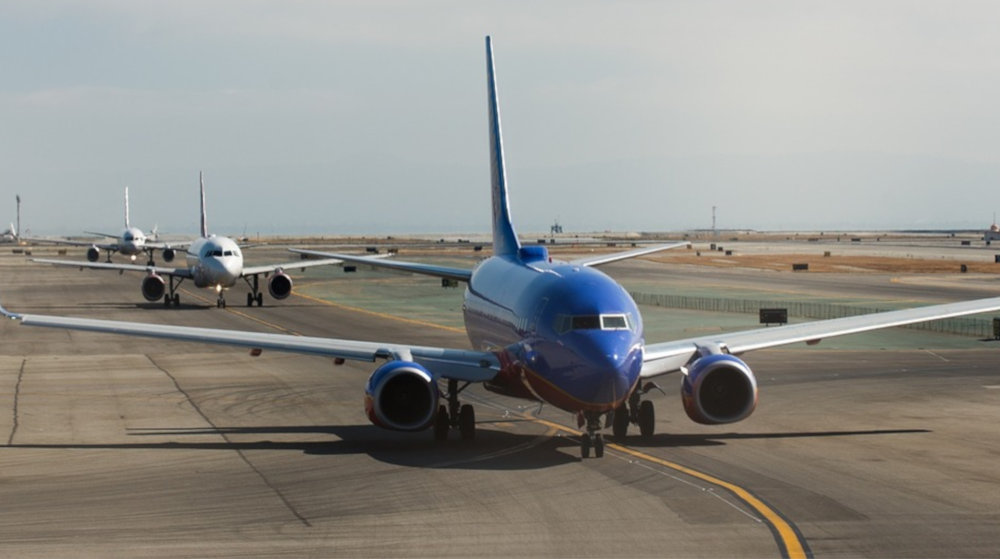Before the pandemic has slowed down life on earth, general air traffic had increased significantly in recent decades, so that more and more people prefer to travel by air. The high volume of passenger flights places particularly high demands on safety. But which factors are highly relevant with regard to flight safety?
It’s self-evident that technology, in particular, has a major influence on the safety of passenger aircraft. All technical components must function perfectly, which in turn requires strict and regular inspection and maintenance work. However, aircraft technology is by no means the only safety aspect. For example, the weather conditions and the high density of aircraft in the airspace also pose risks. The work of air traffic controllers and pilots also has an influence on general safety. Another point is the condition of runways. Structural defects can quickly lead to serious complications during take-off and landing procedures. With regard to the runway, weather conditions are also an influential factor. Icing and strong winds, in particular, can massively endanger safety.
What are the most common causes of aviation accidents?
When it comes to accidents involving airplanes, most people automatically think of a crash. Many people think, for example, that using a mobile phone in an airplane causes disturbances in the on-board electronics, which in turn could lead to a failure of the technology. However, this is a misconception, as no scientific connection between mobile phones and aircraft crashes has been established so far. The ban of mobile phones, which has now been lifted, is primarily related to the well-being of the guests. Airplane collisions in the air are a much more serious source of danger. It doesn’t always have to be two planes at the same time, because even a collision with smaller objects can have devastating consequences. In 2009, for example, US Airways flight 1549 had to make an emergency landing in the Hudson River due to a bird strike.
Around one fifth of all aviation accidents, on the other hand, occur when a plane takes off. Frequent problems here are crossing the runway or crashing immediately after take-off. However, most accidents occur during the landing procedure. Almost 50 percent of all aircraft accidents are due to landing complications. In many cases, the landing runway is missed or a too hard touchdown also leads to serious accidents. Another type of accident is an aircraft collision on the ground. However, in practice it is relatively rare for two aircraft to collide on the ground.
How can technical solutions help to prevent accidents?
A particularly important point in connection with accident prevention is the technical control of airport weather. With the help of intelligent weather sensors, dangerous conditions such as strong winds or icing can be detected in good time. For this reason, stationary & mobile runway sensors are standard equipment at many airports. In addition, special visibility sensors are an optimal solution to prevent runway overshooting. Sensors of this type measure in real time how much light is scattered by fog or dust. Basically, the quality of the sensors is an important factor for all variants. The measuring instruments should not only be easy to handle, but should also be maintenance-free and reliable over long periods of time. This is why Lufft focus on maximum quality and technical innovation in their products.
Conclusion
As it turns out, a large proportion of flight safety concerns the ground level area in particular. Airport runways in particular are very important in terms of safety and should therefore be monitored as accurate as possible.
You would like to know more about aviation weather sensors?
This blog post is an updated version of an article originally published on Sep 21, 2018



